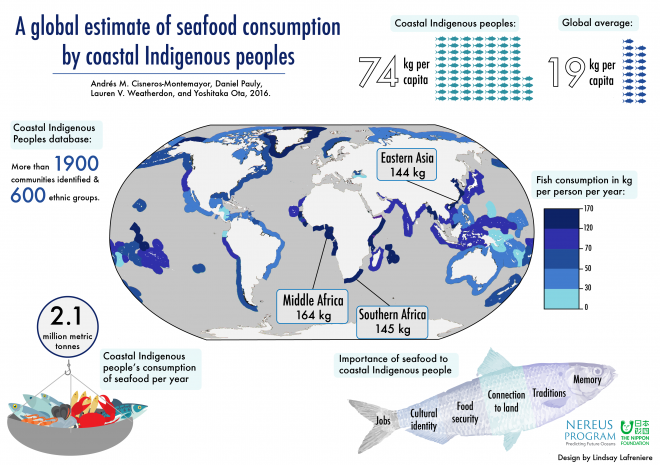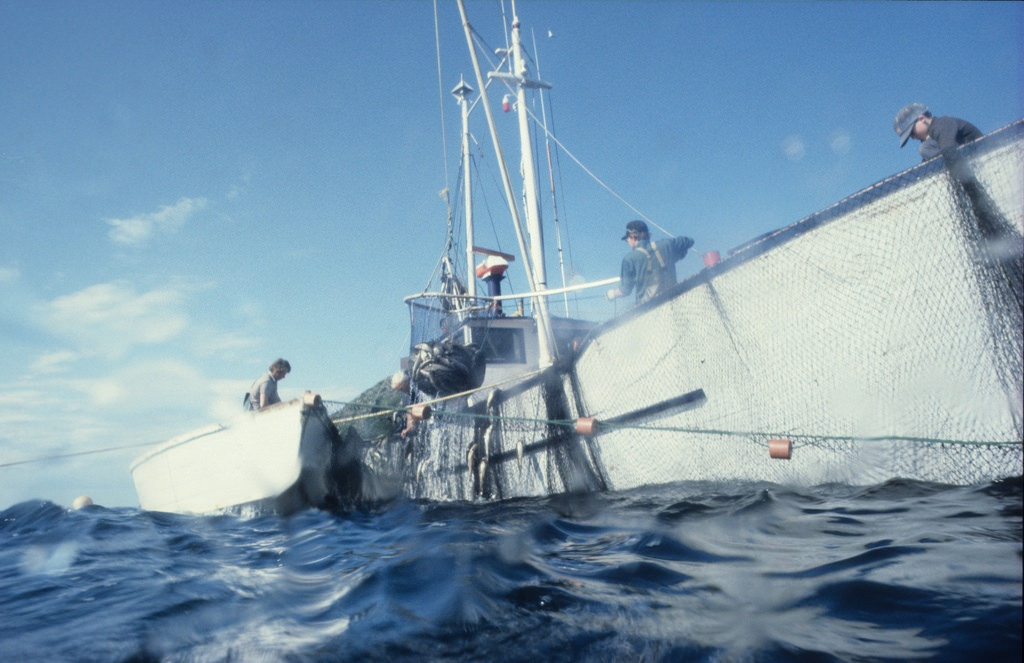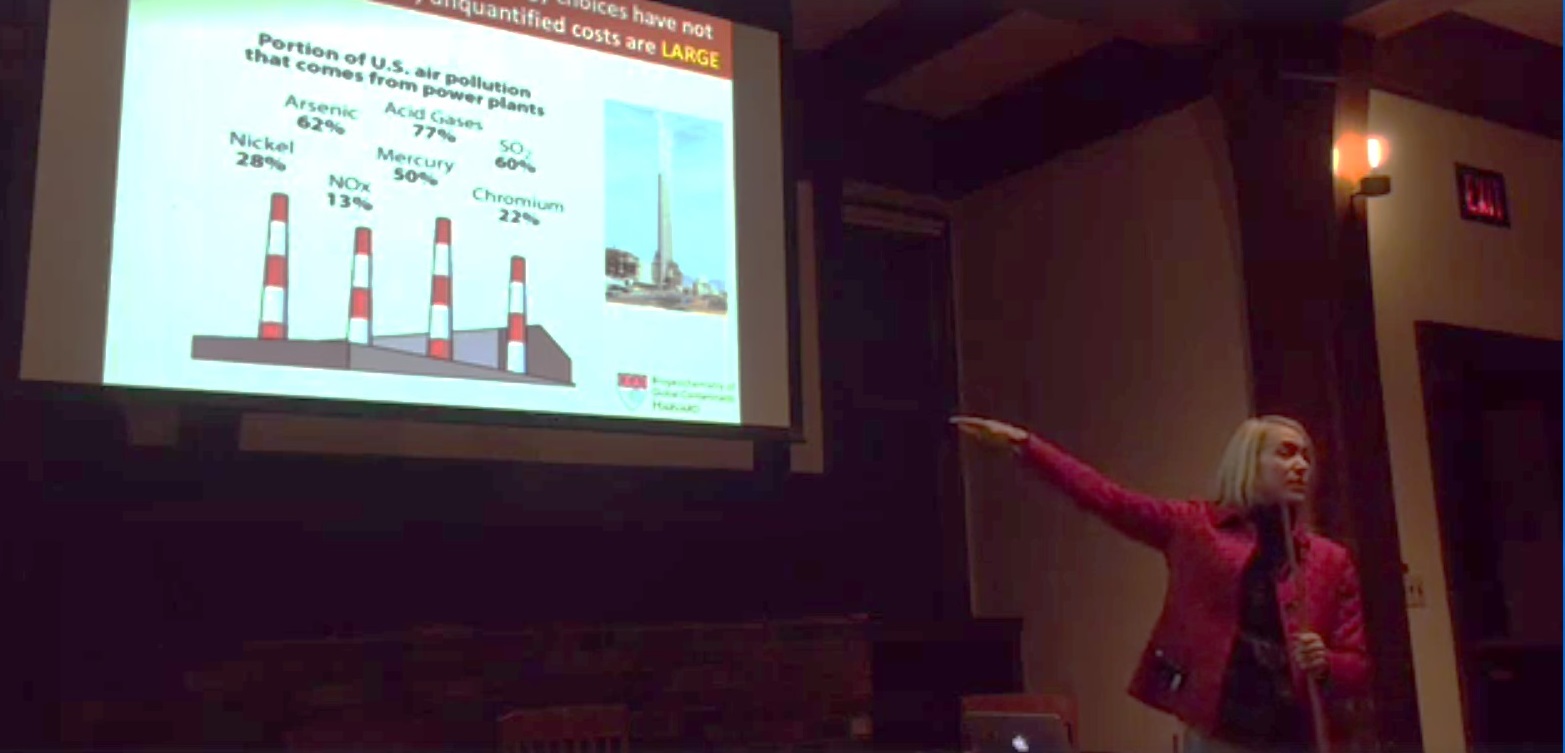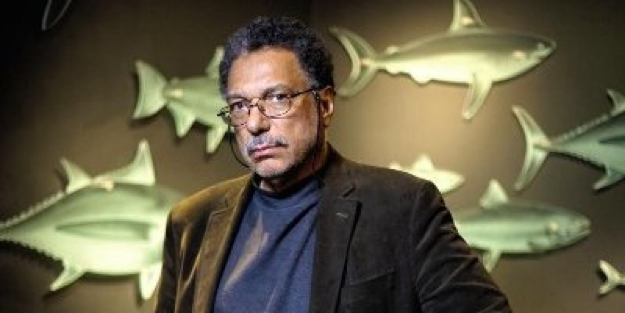The Sea Around Us has reconstructed catch data for some 273 Exclusive Economic Zones, with the idea of helping countries better manage their fisheries.
As Dr. Daniel Pauly has said, this publicly accessible database builds on FAO statistics but overcomes its deficiencies by incorporating not only landings, but also by identifying the EEZs where the landings come from, presenting data by sectors (i.e., industrial, artisanal, subsistence and recreational) and estimating the illegal and otherwise unreported and undocumented catches.
The video above shows, step by step, how to view and download catch data by fishing country. Besides choosing among regions, users can also decide, by clicking on the “Dimension” drop-down menu, whether they want to see the information by EEZ, High Seas, Taxon, Commercial Groups, Functional Groups, Fishing Sector, Catch Type or Reporting Status.
The graphs also show how the reconstructed catch differs from official reporting.







